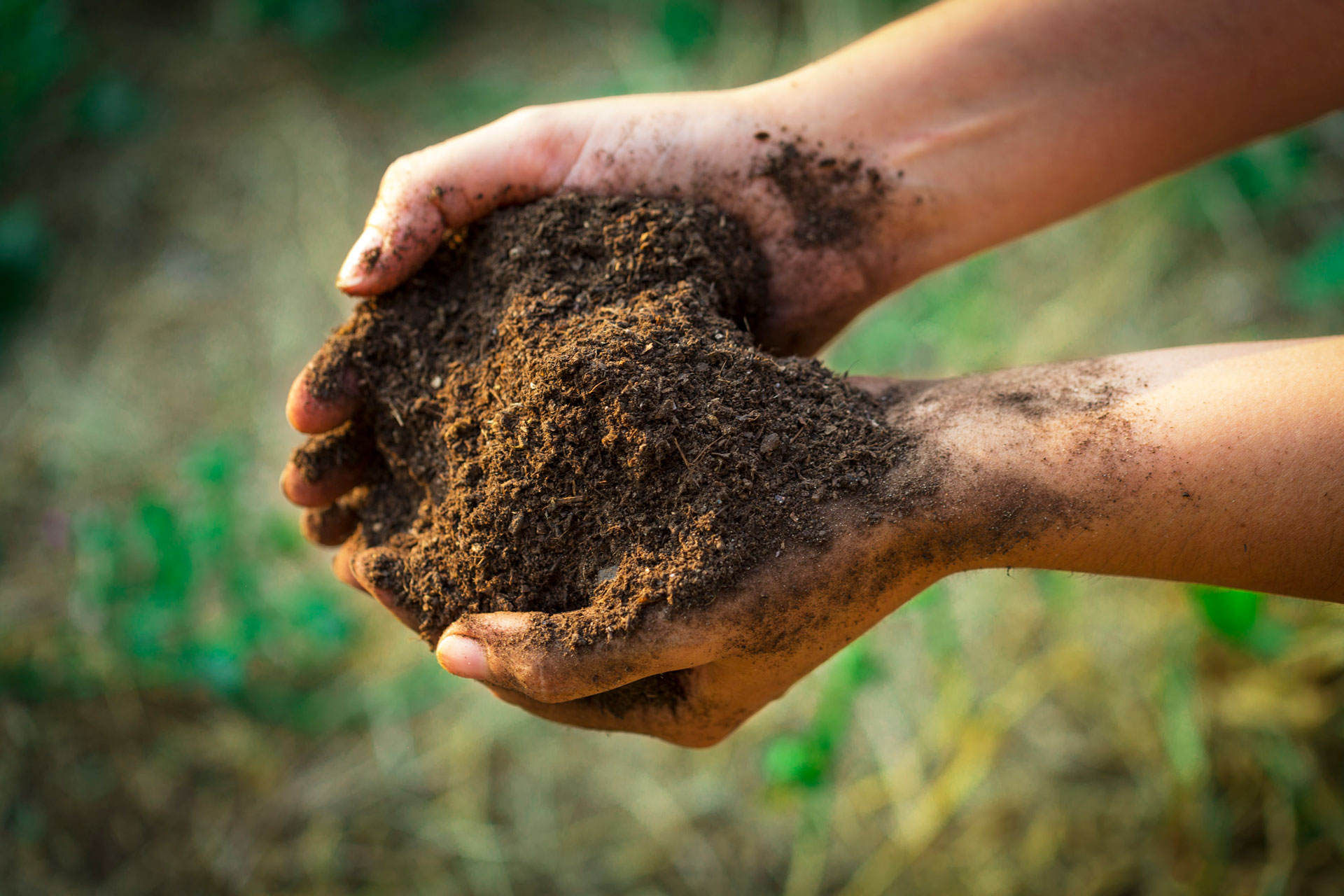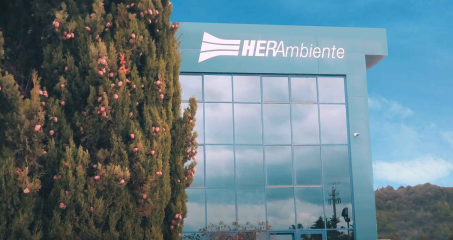With e-GEOS for Smart Farming: innovation at the service of the circular economy
20/11/2025
Thanks to satellite monitoring, Herambiente enhances organic fertilisers from waste recovery, offering farms innovative tools for greater sustainability and efficiency.

During the latest edition of SMAU, Italy's leading innovation fair, Herambiente received the SMAU Innovation Award for its Smart Farming project developed in collaboration with e-GEOS. The initiative applies satellite observation technologies to the agricultural sector to optimise the use of organic fertilisers from waste recovery, improving yields, sustainability and competitiveness for farms.
The Smart Farming project
The aim of the project is to further enhance the value of organic fertilisers for the agricultural sector, obtained mainly in Herambiente plants from the treatment of biodegradable waste such as FORSU and sewage sludge. Thanks to these fertilisers, Herambiente returns over 18,000 tonnes of organic carbon to agricultural soils every year, a volume that represents an important resource for soil fertility and a significant carbon reserve at the territorial basin level. The innovation stems from the desire to offer agricultural customers not only fertiliser products (soil improvers and correctives), but also advanced consulting services to guide the most effective use of these organic substances.
The Hera Group has presented at SMAU this initiative that combines the use of satellite technologies with the circular economy path it has already embarked upon in various areas. The project is the result of the synergistic work of different areas of the Group: the Digital Transition and Data Analytics structure, colleagues from the Environmental Services and Herambiente in an Open Innovation process, demonstrating the value of collaboration with the external ecosystem and technology partners. In particular, the project was developed in collaboration with e-GEOS, a Telespazio Group and ASI company and leader in satellite services, which has helped transform Earth observation technology into a real operational tool for agriculture.
Looking at the field from space
At the heart of the initiative is a system for the periodic and constant observation of the vegetative state of agricultural fields using satellite images and data. Thanks to selected spectral indices – such as NDVI, MSAVI2 and others – it is possible to detect fundamental parameters such as vegetative vigour within the agricultural plot, highlighting the presence of any anomalous or stressed areas within it, and the water availability of crops. The data obtained is then processed into reports every 15 days, allowing farmers to identify problem areas in a timely manner and adopt targeted fertilisation strategies. This approach, a cornerstone of precision agriculture, allows for the optimisation of the use of recovered biomass, integrating it more precisely with mineral fertilisation. In practice, this goes beyond the concept of uniform treatment of fields to adopt a differentiated and scientific model, capable of calibrating interventions only where necessary. The experiment, which follows years of research conducted in collaboration with the University of Bologna on different crops (cereals, vineyards, fruit trees), has already highlighted the possibility of improving agricultural productivity and reducing management costs.
Benefits for agriculture and the environment
The adoption of satellite monitoring brings multiple benefits. Economically, farms can significantly reduce fertilisation costs by targeting interventions and achieving more uniform and competitive yields. Even a 2% increase in production can make the difference between profitability and loss: technology makes it possible to seize these opportunities. From an environmental point of view, the calibrated combination of organic and mineral fertilisers reduces the impact of traditional chemicals, improves the carbon storage capacity of soils and promotes more sustainable agricultural practices.
“Thanks to this innovation, we are able to combine the recovery of organic materials, agronomic efficiency and environmental sustainability, offering concrete value to our customers,” explained at the award ceremony Massimo Fossi, biodegradable materials development manager at Herambiente.
By supporting its customers with high value-added services, Herambiente is strengthening the link between waste management, innovation and agriculture 4.0. The plan is to gradually extend the solution, moving from the experimental phase to wider market application, with multi-year contracts already under evaluation. The project is a concrete example of how circularity can be transformed into competitiveness and sustainability for the benefit of businesses and the local area.

